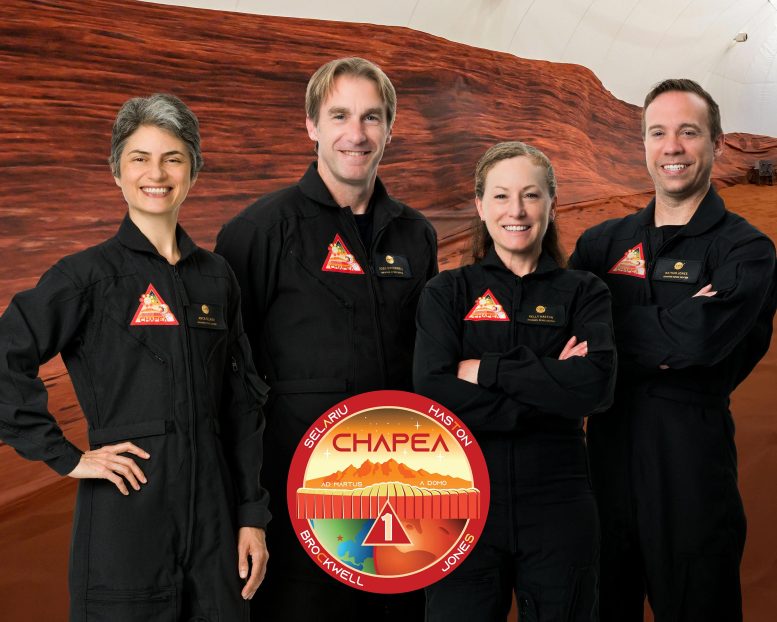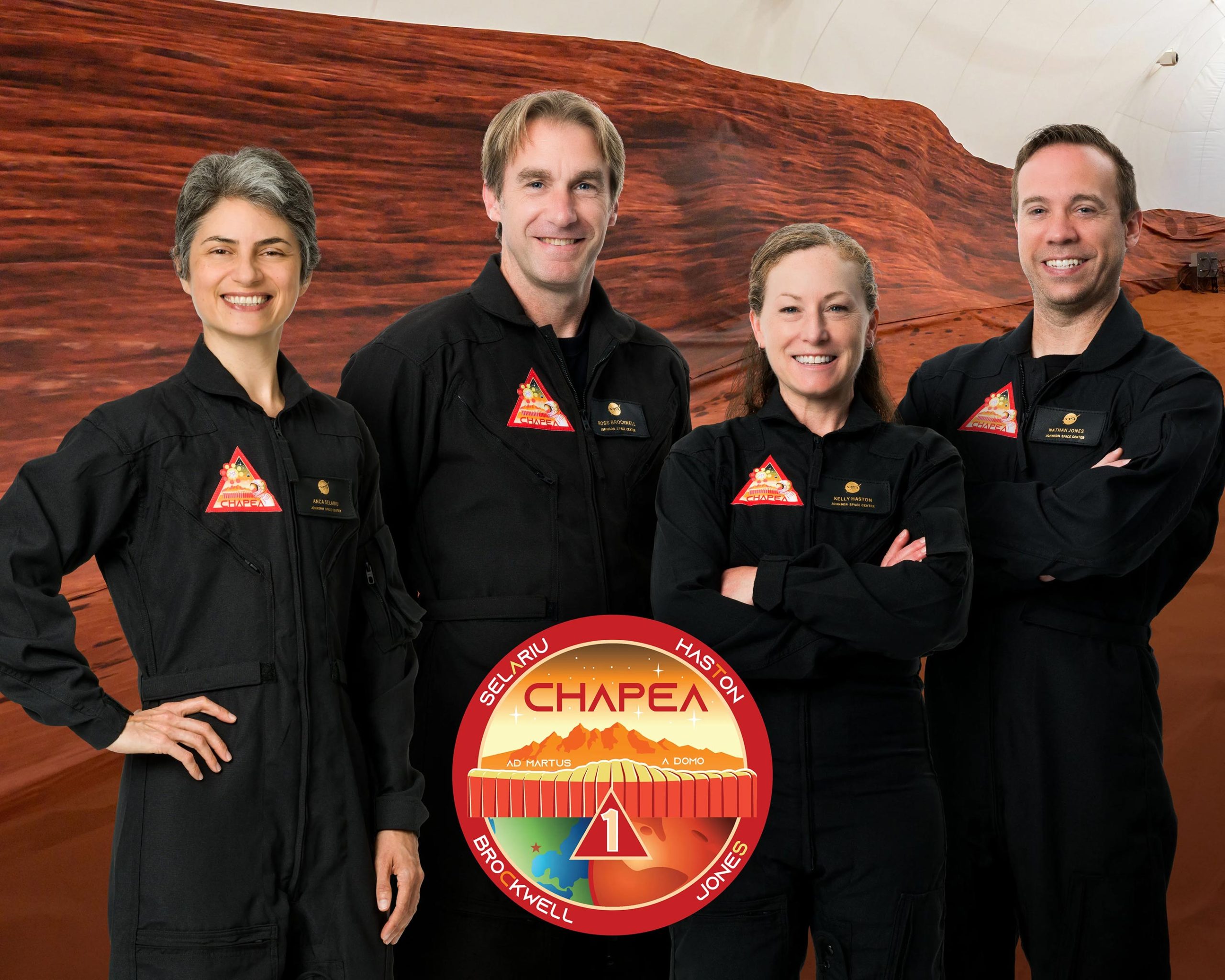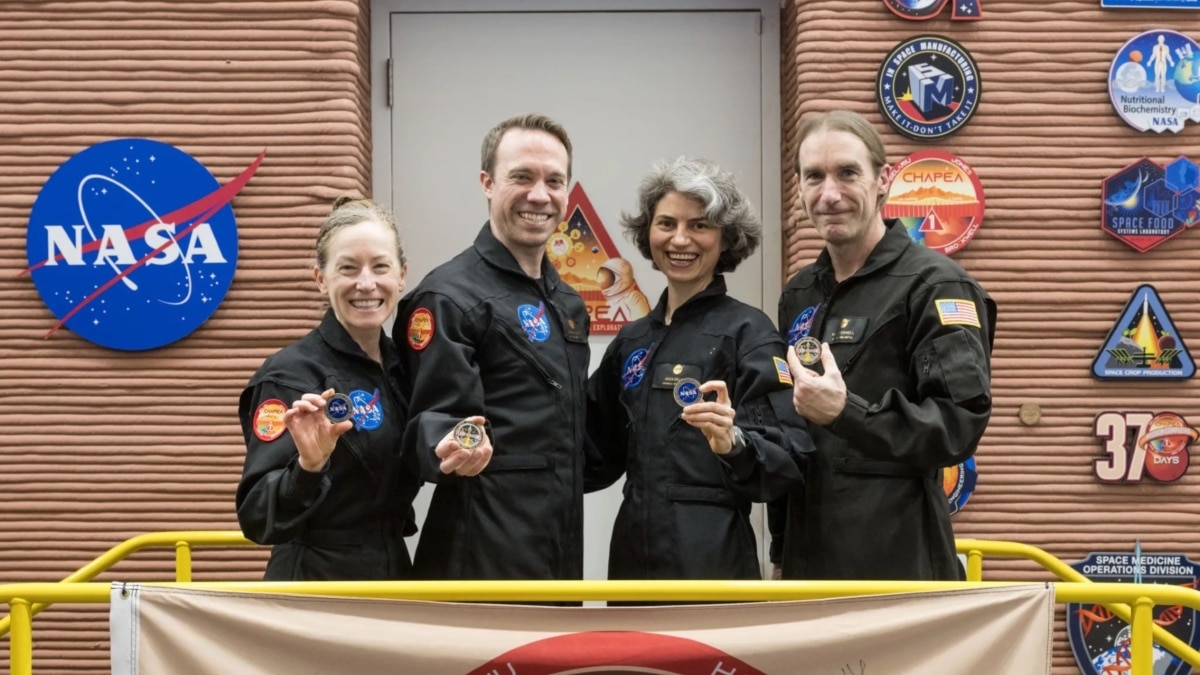
In the not-too-distant future, humans will embark on a journey to Mars, a mission that requires extensive preparation and adaptation to the harsh Martian environment. To gain insights into the challenges of living in isolation and confinement on Mars, NASA conducted a yearlong analog mission called CHAPEA (Crew Health and Performance Exploration Analog). This groundbreaking experiment involved four volunteer crew members: Kelly Haston, Ross Brockwell, Nathan Jones, and Anca Selariu.
Living in the isolated Mars Dune Alpha habitat for 378 days, these intrepid explorers faced numerous challenges similar to those of a real mission to Mars. They maintained daily operations while contending with communication delays between Earth and Mars. The crew members also discovered new hobbies and fostered teamwork and adaptability.
Kelly Haston, the mission commander, played a crucial role in maintaining crew morale and ensuring that all tasks were completed efficiently. Ross Brockwell, as a structural engineer turned flight engineer, tackled problem-solving challenges within the habitat. Nathan Jones brought his expertise as an emergency room doctor to address any medical issues that arose during the mission.
Anca Selariu, a microbiologist by trade, discovered newfound passions and contributed valuable insights to the team's research projects. Together, they conducted stem cell-based projects related to infertility, liver disease, and neurodegeneration.
The CHAPEA mission marked the first step in NASA's broader Artemis campaign aimed at preparing for future manned missions to Mars. Two additional one-year missions are planned starting in 2025 to expand the dataset for research on human health and performance under Mars-realistic conditions.
As we look forward to sending astronauts to Mars in the 2030s, these pioneering efforts provide valuable insights into what it takes for humans to thrive in this new frontier.






